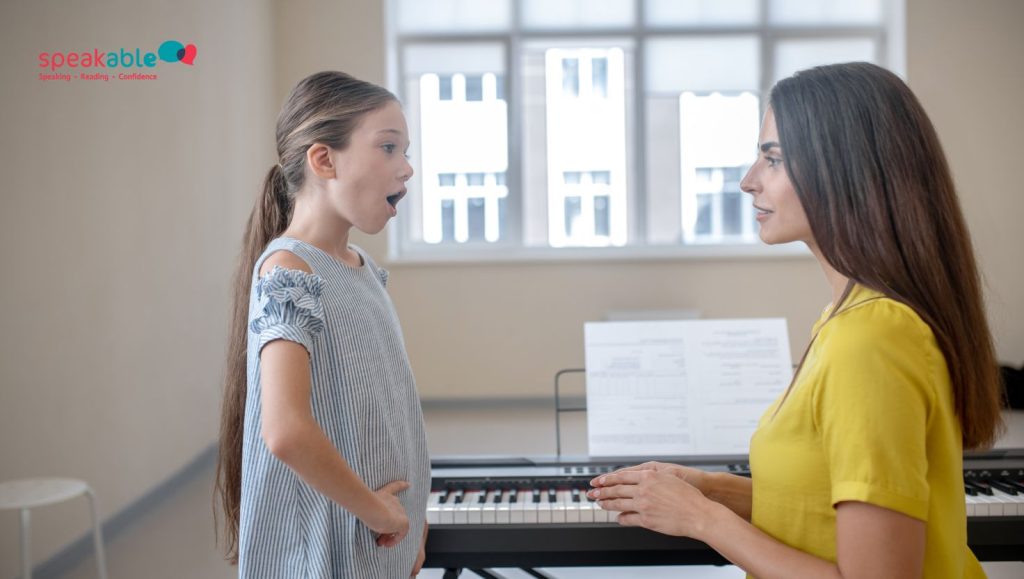🗣️ How Our Bodies Create Speech: A Breakdown of the Speech Mechanism
Speech is an incredible ability that relies on a coordinated system of muscles, air pressure, and vibrations. But how exactly do we produce sound? From the lungs to the lips, let’s explore the physiological process of speech production and understand the role of each body part in shaping our voice.
🔬 Step 1: Respiration – The Power Behind Speech
Speech begins with breath control. Our lungs act as an air supply, and we regulate airflow to produce sounds. The diaphragm contracts, pulling air into the lungs. As we speak, air is released in a controlled manner, providing the pressure needed for vocal cord vibration.
💡 Did you know?
- The louder we speak, the more air pressure we use.
- A strong breath support system improves vocal projection and clarity.
🎤 Step 2: Phonation – Producing Sound with the Vocal Cords
Once air leaves the lungs, it moves through the larynx (voice box), where phonation occurs. Inside the larynx, the vocal cords (vocal folds) vibrate to generate sound.
🔹 If the cords vibrate quickly, we produce a higher pitch.
🔹 If they vibrate slowly, the sound is deeper.
🚀 Quick Fact: Whispering does not involve vocal cord vibration—only airflow!
🏗️ Step 3: Resonance – Shaping the Sound
Not all sounds come out the same. The throat, mouth, and nose modify the vibrations created in the larynx, giving us unique voice qualities.
🔸 Nasal resonance: Sounds like “M,” “N,” and “NG” rely on air passing through the nose.
🔸 Oral resonance: Most sounds resonate in the mouth.
🔸 Imbalanced resonance can cause nasal, muffled, or weak-sounding speech.
👄 Step 4: Articulation – Forming Words
Once the sound is shaped, articulators—our tongue, lips, teeth, and soft palate—come into play. They refine the sound into recognizable speech.
💡 How it works:
🔹 The tongue directs airflow to create different sounds.
🔹 The lips help produce letters like “B” and “P.”
🔹 The teeth assist in sounds like “TH” and “F.”
🎬 Putting It All Together: A Real-Life Example
When you say “hello,” here’s what happens in a split second:
1️⃣ You take a breath (Respiration).
2️⃣ Your vocal cords vibrate (Phonation).
3️⃣ The sound passes through your mouth and nose (Resonance).
4️⃣ Your tongue, lips, and teeth shape the word (Articulation).
Pretty amazing, right? 🧠✨
🌍 Why Understanding Speech Matters
Many speech disorders arise from issues in one or more of these steps. If a person struggles with breath control, vocal cord vibration, or articulation, they may need speech therapy.
🔍 Do you or your child experience difficulty with speech? Early intervention can make a difference!
📢 Need expert advice? Contact us today and learn how speech therapy can enhance communication skills!
🔗 Want to learn more?
Visit our latest blog for expert insights on speech production!
💬 What sound do you find the hardest to pronounce? Drop your answer in the comments!👇




